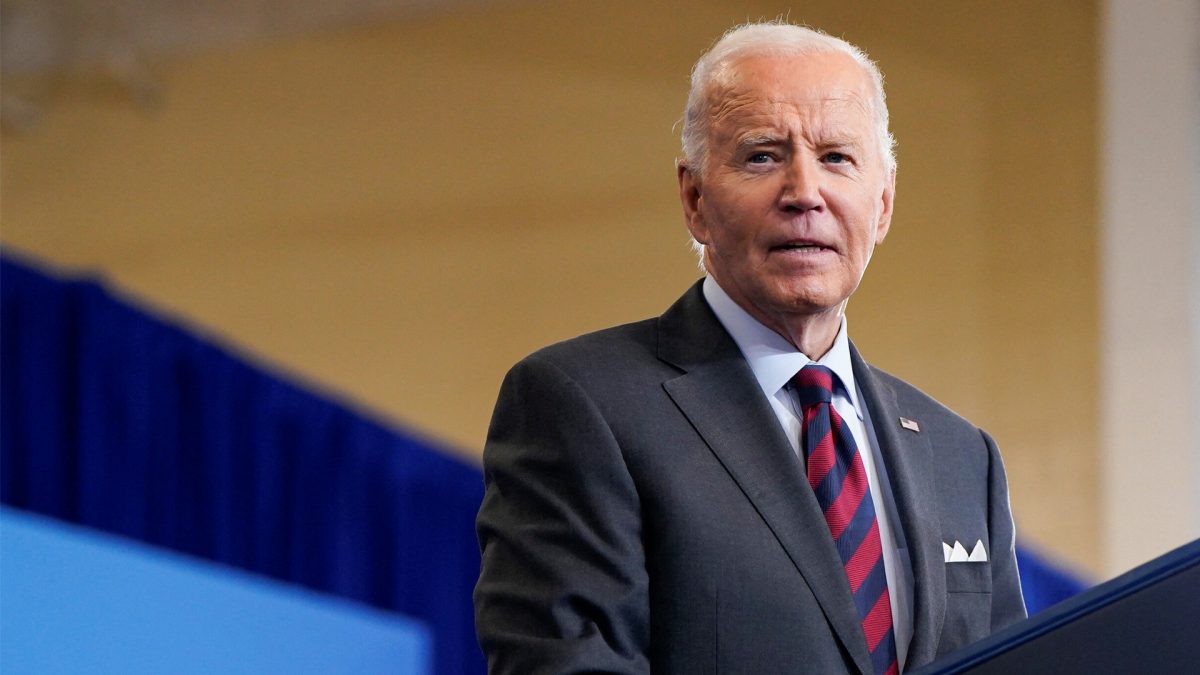The approved bankruptcy plan aims to deliver a full refund, plus interest, to former FTX customers — an outcome that is rare in bankruptcy cases. Usually, unsecured creditors only recover a small fraction of what they are owed read more
)
FTX administrators managed to recover billions of dollars by liquidating investments made by FTX Ventures and its sister company, Alameda Research. A surge in cryptocurrency prices since FTX’s bankruptcy filing also increased the value of assets. Image Credit: AFP
A US judge has given final approval to the bankruptcy plan of the collapsed cryptocurrency exchange FTX, paving the way for billions of dollars to be refunded to former customers. At a court hearing in Wilmington, Delaware, Judge John Dorsey approved the reorganisation plan, which had already received overwhelming support from creditors.
FTX filed for bankruptcy in November 2022 after it was revealed that billions of dollars in customer deposits had gone missing. These funds were allegedly funnelled into a sister company and spent on high-risk trading, personal loans, luxury real estate, and other questionable ventures.
FTX’s founder, Sam Bankman-Fried, was convicted of fraud and conspiracy, receiving a 25-year prison sentence. His co-conspirator, Caroline Ellison, was sentenced to two years in prison after testifying against him.
A rare full recovery for customers
The approved bankruptcy plan aims to deliver a full refund, plus interest, to former FTX customers — an outcome that is rare in bankruptcy cases. Usually, unsecured creditors only recover a small fraction of what they are owed. The plan has been hailed as an exemplary resolution to the highly complex Chapter 11 proceedings.
FTX administrators managed to recover billions of dollars by liquidating investments made by FTX Ventures and its sister company, Alameda Research. A surge in cryptocurrency prices since FTX’s bankruptcy filing also increased the value of assets that remained in the exchange’s coffers, further boosting the recovery for creditors.
Government claims deferred
Under the terms of the plan, several US government bodies, including the Internal Revenue Service (IRS) and the Commodities and Futures Trading Commission, agreed to delay their high-value claims against FTX until creditors had been repaid. However, the IRS will receive a $200 million upfront payment as part of the settlement.
Even FTX equity holders, who are typically the last to be repaid in bankruptcy, are set to receive a portion of their initial investment. Up to $230 million will be allocated to these equity holders, using funds recovered by the Department of Justice from the prosecution of FTX insiders.
Customer discontent at valuation
Despite the significant expected recovery, some creditors are dissatisfied with how their claims have been valued. Many customers held cryptocurrency assets, such as bitcoin, on the FTX platform. However, under bankruptcy rules, these claims have been converted into a dollar value based on the price of the assets at the time of FTX’s collapse in 2022, when the cryptocurrency market was experiencing a downturn.
With cryptocurrency prices now at all-time highs, some creditors feel that their claims would be far more valuable if tied to the current value of their crypto holdings rather than their worth at the time of the bankruptcy filing. Though this process, known as dollarisation, is standard in bankruptcies, it has led to frustration among some FTX customers who feel they are still getting short-changed.
While the bankruptcy process has achieved an unusually high recovery rate, some believe that calling it “over 100 per cent” recovery is misleading, especially for customers who held crypto assets that have since increased in value.

 1 month ago
10
1 month ago
10
)
)
)
)
)
)
)
)
)
)
)
)
)
)
)
)
)
)
)
)
)
)
)
)
)
 English (US) ·
English (US) ·